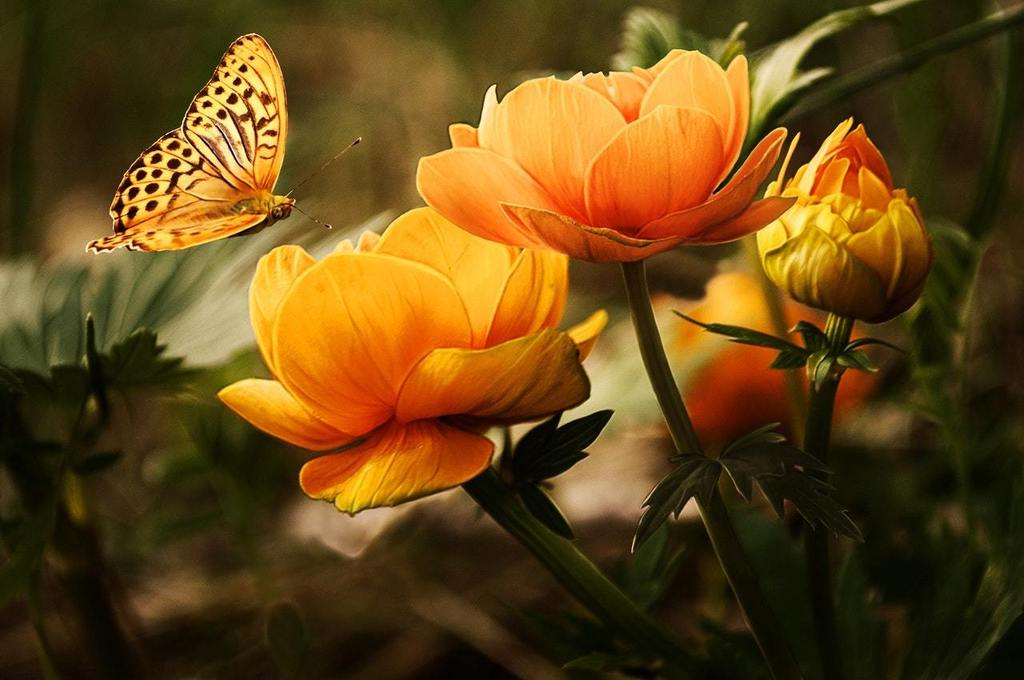
Shrubs & Hedges, Flowering Trees
Planting for Perfume and Fragrance in the Garden
When we think of our gardens, we often limit our perspective to a single sense: Our vision. We consider how a plant will look in a space, how a tree will enhance the appearance of a home or how the neighbors will enjoy a bloom’s color. However, this is a restrictive way of gardening.
A garden can engage all of our senses, not just our sight. We can touch the velvet petal of a rose as well as see its deep, rich color. We can hear the rustle of the junipers and the birds that call them home. We can taste the herbs and vegetables we grow. And we can smell the incredible scents that a garden encompasses from sharp pine to sweet floral to spicy herb.
Principals of Scent Gardening
One interesting and popular trend in garden design for the senses is scent gardening. Scent gardening is planning the fragrances of a space rather than leaving them to chance. It prioritizes the perfume of a plant over its appearance. This approach has been used to create amazing gardens that are equally appreciated by those with typical vision as well as those who are visually impaired. The Brooklyn Botanic Garden created the first example back in 1955.
Garden designers can spend vast amounts of time planning a scent garden. There are so many options for fragrant plants and trees. There are plants that only perfume the air when in bloom (like a rose) and also those that give off a scent when crushed, cut or brushed (like rosemary). Add in the changing choices for changing seasons and you could be in for a seriously long planning session!
Most home gardeners won’t have the know-how or the time to create a complete, four-season scent garden. However, we can incorporate some of the principals in our own gardens. Here are a few ideas for the at-home scent garden:
- Plant a fragrant shrub beneath your windows. A Gardenia makes an attractive foundation shrub but its scent is even more beautiful drifting in through an open window.
- Consider the seasons. While a Wisteria Vine will give you an entire spring season of fragrance, its blooms will be spent by midsummer. Plan for another specimen to take over the job of pleasing your nose for the next season.
- Remember to add variety. While you might think of sweet-smelling flowers first, other plants can also provide a wide range of scents. An herb like creeping thyme could be used to fill the gaps in a rock walkway, providing a burst of spicy scent with each step.
Don’t limit your garden to a visual experience. Consider all your senses when you plan your garden this spring.

